Based on geological history, India is divided into three regions. The regions are −
The Peninsular Block is formed essentially by a great complex of very ancient gneisses and granites.
The Peninsular Block mostly consists of relicts and residual mountains like the Aravali hills, the Nallamala hills, the Javadi hills, the Veliconda hills, the Palkonda range, the Mahendragiri hills, etc.
Unlike the rigid and stable Peninsular Block, the Himalayan Mountains are young, weak, and flexible in their geological structure.
Indo-Ganga-Brahmaputra Plain comprises the plains formed by the river Indus, the Ganga, and the Brahmaputra.
In fact, Indo-Ganga-Brahmaputra Plain is a geo-synclinal depression, which attained its maximum development during the third phase of the Himalayan mountain formation, approximately about 64 million years ago.
Kashmir or Northwestern Himalayas consist of a series of ranges such as the Karakoram, Ladakh, Zanskar, and Pir Panjal.
Important glaciers of South Asia, i.e., the Baltoro and Siachen are found in the Northwestern Himalayan region.
The Kashmir Himalayas are also popular for the Karewa formations, which are useful for the cultivation of Zafran, a local variety of saffron.
Karewas are the thick deposits of glacial clay and other materials embedded with moraines.
Important passes of the Northwestern Himalayas are Zoji La on the Great Himalayas, Banihal on the Pir Panjal, and Khardung La on the Ladakh range.
Important fresh lakes are Dal and Wular and salt water lakes are Pangong Tso and Tso Moriri.
The southernmost part of the Northwestern Himalayas consists of longitudinal valleys locally known as duns.
The Peninsular Block is made up of a series of patland plateaus such as the Hazaribagh plateau, the Palamu plateau, the Ranchi plateau, the Malwa plateau, the Coimbatore plateau, and the Karnataka plateau.
Delhi ridge in the northwest, (extension of Aravalli’s), the Rajmahal hills in the east, Gir range in the west and the Cardamom hills in the south are the peripheral parts of the Peninsular Block.
The Peninsular plateau can be further divided into three broad groups i.e. the Deccan Plateau, the Central Highlands, and the Northeastern Plateau.
Western Ghats is known by different local names. They are known as Sahyadri in Maharashtra; Nilgiri hills in Karnataka and Tamil Nadu; and Anaimalai hills, and Cardamom hills in Kerala.
Located on the Anaimalai hills of the Western Ghats Anaimudi (2,695 m) is the highest peak of Peninsular plateau, followed by Dodabetta (2,637 m) on the Nilgiri hills.
Thal, Bhor, and the Pal Ghats are the important passes of the Western Ghats.
The Eastern Ghats stretch from the Mahanadi Valley in the north to the Nilgiris in the south.
The Eastern Ghats are discontinuous and irregular and dissected by many rivers draining into the Bay of Bengal.
Mahendragiri (1,501 meters) is the highest peak of the Eastern Ghats.
The most distinct feature of the peninsular plateau is the black soil area known as Deccan Trap.
Formed by a series of scarped plateaus on the south, the Satpura range is part of the Central Highlands.
The general elevation of the Central Highlands ranges between 700 and 1,000 m above the mean sea level.
Rajmahal hills and the Meghalaya plateau are the part of the Northeastern Plateau.
The Meghalaya plateau is further sub-divided as the Garo Hills; the Khasi Hills; and the Jaintia Hills.
Meghalaya plateau is rich in mineral resources. The most significant of these resources are coal, iron ore, sillimanite, limestone, and uranium.
The Indian coastal plains are divided as the western coastal plains and the eastern coastal plains.
The western coastal plains are an example of submerged coastal plain.
The western coast may be divided into the following divisions − the Kachchh and Kathiawar coast in Gujarat; Konkan coast in Maharashtra; Goan coast in Karnataka, and the Malabar coast in Kerala respectively.
The Malabar Coast has certain distinctive features such as Kayals (backwaters), which are used for fishing, inland navigation, and these backwaters hold a special attraction for the tourists.
In comparison to the western coastal plains, the eastern coastal plain is broader and is an example of an Emergent coast.
The Eastern Coast is named as the Northern Circar (in the north part i.e. part of West Bengal, Odisha, etc.) and the southern part is known as the Coromandel Coast (part of Southern Andhra Pradesh and Tamil Nadu). The eastern coastal plain is known as the Northern Circars in the region between Krishna and Mahanadi rivers (West Bengal, Odisha, etc.) and as the Coromandel Coast in southern part between Krishna and Kaveri rivers (Andhra Pradesh and Tamil Nadu).
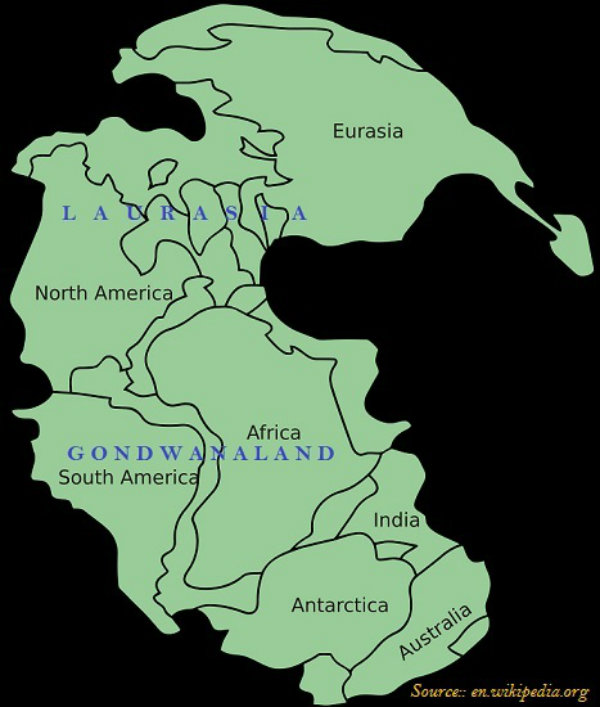

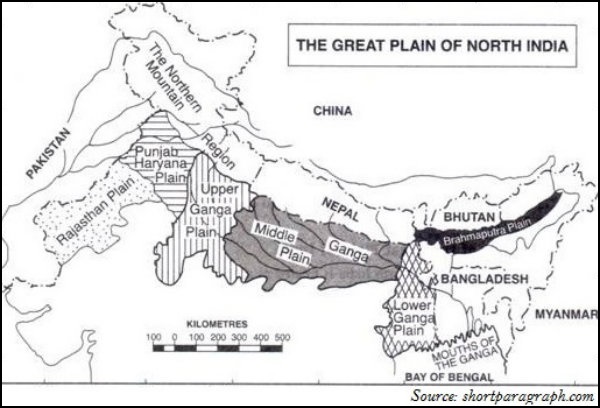
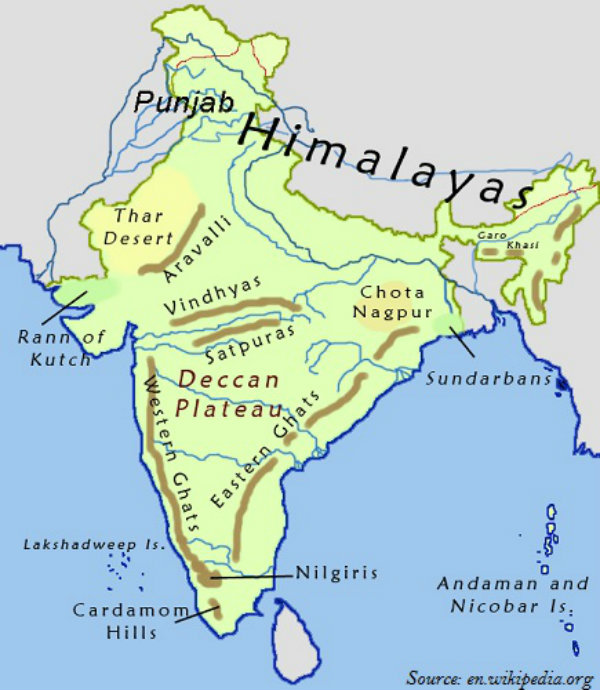
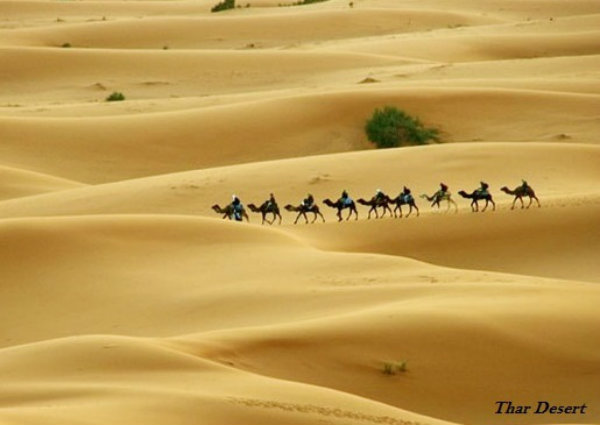
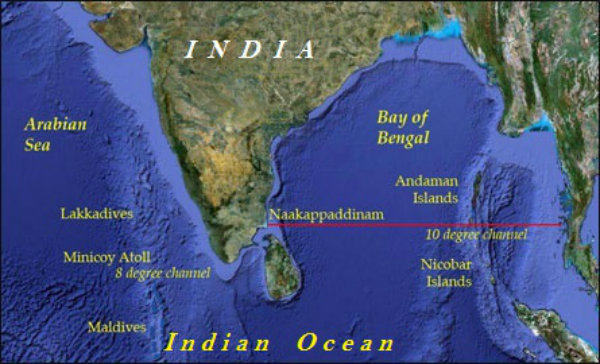

No comments:
Post a Comment